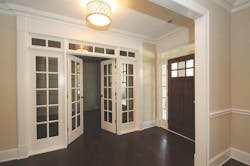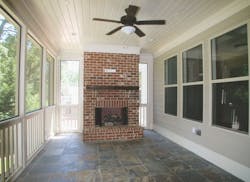Home Building: The Customizing Conundrum
Dell Computers, despite its decline, is still famous for applying the build-to-demand business model in the late 1990s to a mass-produced product by allowing customers to pick the processor, memory size, and other features for their PCs. Other packaged consumer goods brands followed in droves, enabling the buying public, through e-commerce, to customize even iconic products.
Home Builders at a Crossroads: Offer Options or Just Say No?
But builders fortunate to be operating in active markets today are at a crossroads between granting those options after the cutoff deadline or just saying no. Scott Krajack of Viking Homes, Hayden, Idaho, spends a full day on Mondays digging into all the change orders created by customers from the weekend. He receives about 10 to 15 requests a week, as do his two colleagues who manage the divisions in Spokane, Wash., and the Tri Cities market of Kennewick, Pasco, and Richland, Wash.
Just Say No to Homebuyer Changes
Home Builders Set Up-Front Expectations for Buyers
Defining the customizing process upfront is a key consideration for Home South Communities, whose core buyers are affluent Gen Xers and active adults expecting to customize their half-million-dollar-production-built homes.
Builders Tapping Tech Tools
Not only is staying on top of selections and deadlines important, but making a profit when customizing a production house plan is obviously the goal. Viking uses Builder 360 software to track changes. Each division has a full-time employee who monitors the budget for each house and double checks the invoices for that project when they come in. Salespeople for Summerhill use package software to keep track of their buyers, schedule appointments, manage selections, and cutoff dates. That tool basically augments the weekly meetings that the staff holds to talk about last week’s building activity, approaching deadlines, and projects getting ready to start.





